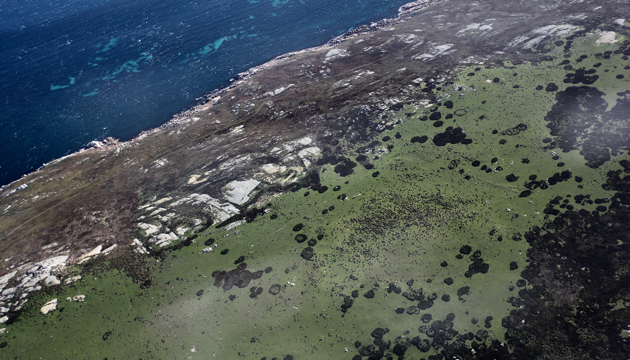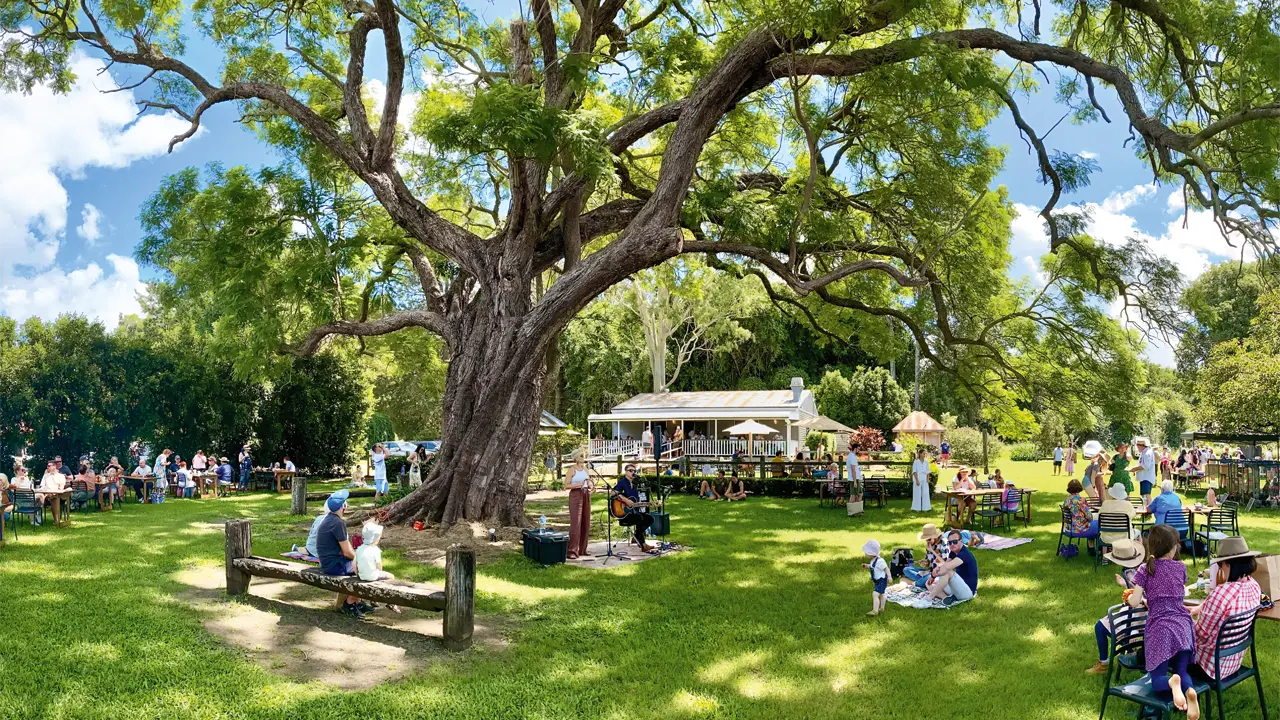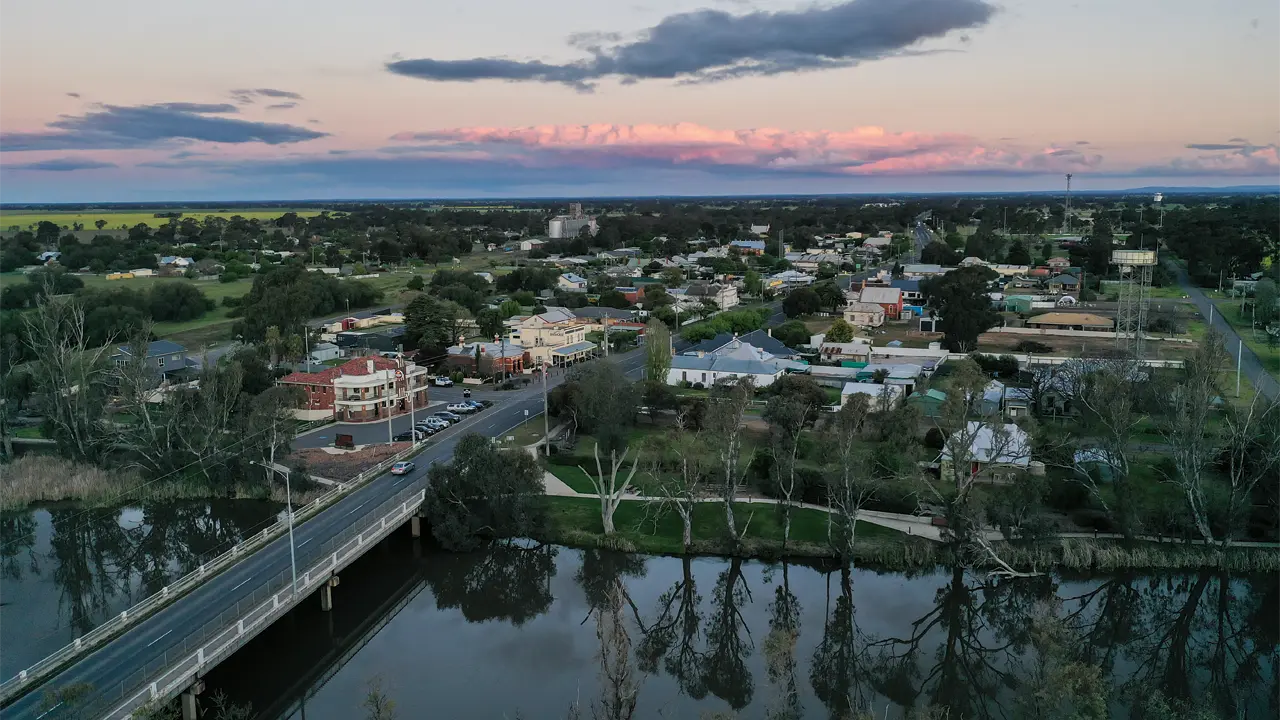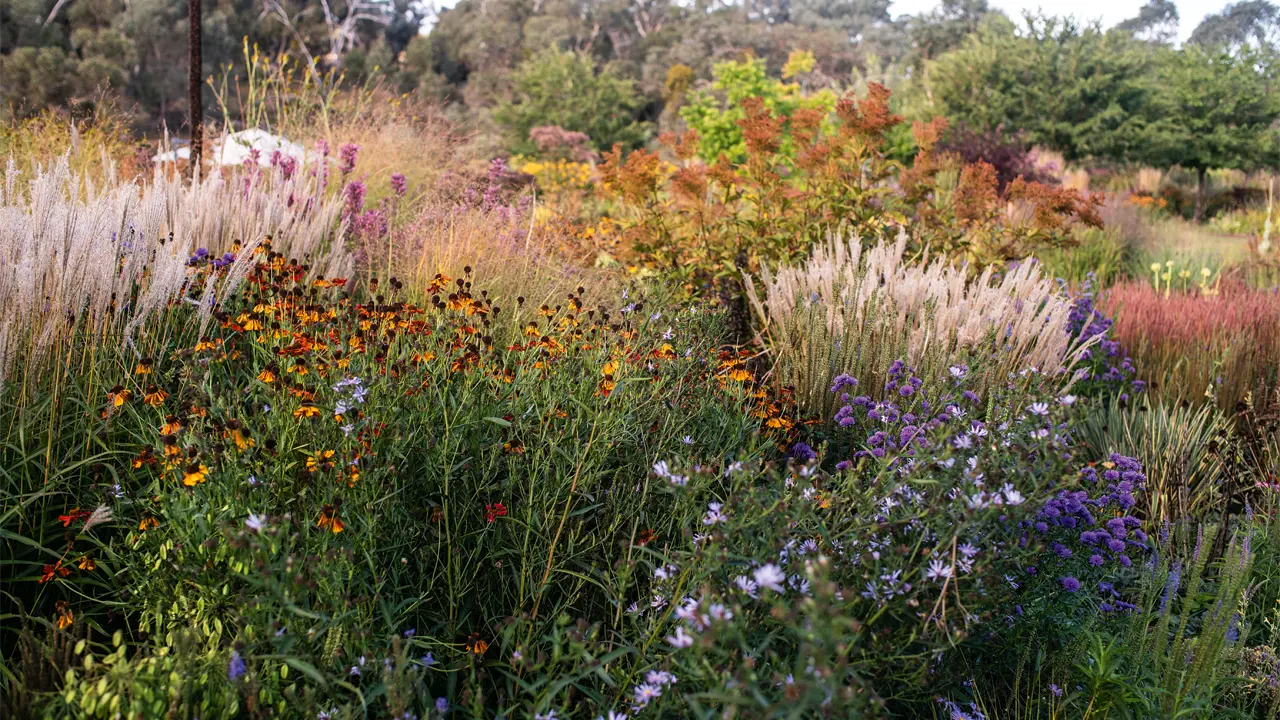In a spectacular part of the world, a small aviation company is spreading its wings on the strength of flexibility, tailored customer service and new experiences.
Story and photo Paula Heelan
As the eight-seater Airvan wings its way across Bass Strait and over the Furneaux Group of islands, the panorama below is coloured by limestone highlands, granite headlands and sea-green grazing country. Small, scattered islands are separated by differing shades of vivid blue water and edged with lonely, white beaches and boulder-clad shores. This cluster of 52 islands, spread over 1990 square kilometres, lies between Tasmania and mainland Australia. On latitude 40 degrees south, it’s where the Roaring Forties blow. An isolated wilderness, this part of the world is swathed in raw beauty.
The single-engine plane sets down at Lady Barron on Flinders Island after a 40-minute flight from Bridport, in north-east Tasmania. Like most days, flying conditions are fine and the scenery spectacular. The door flings open and pilot Craig Hewitt passes down a cloth shoulder bag. Burrowed inside is recently rescued Rosa, a pademelon joey and Flinders Island Aviation’s (FIA) latest recruit. The pilots have taken Rosa under their wing and argue over which of them she will spend the day with.
When Peter Barron flew to Flinders Island for the first time in January 2010 he fell instantly in love with the place. “I’d come from a corporate lifestyle and was a city boy – suddenly I was flying over some of the most pristine country I’d ever seen, with amazing colours and patterns. But it wasn’t just the geography that grabbed me; it was the people, the culture and the lifestyle. The remote environment across the Furneaux islands is very rare and I love the outdoors and bushwalking – I felt I’d found my place.”
This story excerpt is from Issue #116
Outback Magazine: December/January 2018










